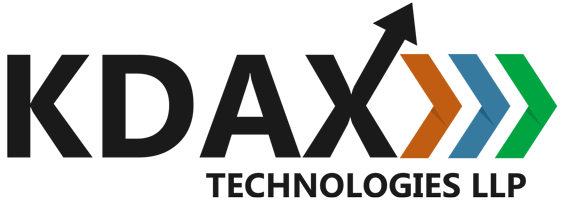Use Cases:
- Sales Pipeline Management: Predict which deals are most likely to close and prioritize them.
- Customer Segmentation: Group customers based on buying behaviour and tailor marketing strategies accordingly.
- Churn Prediction: Identify customers at risk of leaving and take preventive actions.
- Revenue Forecasting: Predict monthly or quarterly revenue based on ongoing trends and pipeline data.
Predictive analytics in SAP Customer Experience (SAP C/4HANA, specifically SAP Cloud for Customer – C4C) involves leveraging data science and machine learning techniques to make data-driven predictions about sales performance, customer behaviour, and other relevant metrics. This helps businesses optimize their sales strategies, improve customer engagement, and make proactive decisions.
Key Components of Predictive Analytics in SAP C4C
- Sales Insights and Forecasting
- Predictive analytics evaluates historical sales data, trends, and patterns to forecast future sales performance.
- Identifies potential bottlenecks in the sales pipeline, providing actionable recommendations.
- Enhances the accuracy of revenue projections and quota planning.
- Lead Scoring and Opportunity Prioritization
- Uses predictive models to score leads based on likelihood to convert.
- Helps sales teams prioritize opportunities with higher success probabilities.
- Reduces wasted effort on low-value leads and maximizes sales productivity.
- Customer Retention and Upselling
- Predictive models analyse customer behaviour to identify churn risks.
- Suggests upselling or cross-selling opportunities based on purchase patterns and preferences.
- Provides customer health indicators to assist account managers in proactive engagement.
- Intelligent Recommendations
- Delivers real-time recommendations to sales representatives during interactions.
- Includes personalized product suggestions or tailored solutions for customers.
- Sales Forecast Automation
- Automates forecasting processes using AI, reducing manual intervention and errors.
- Enhances agility by providing real-time updates based on dynamic data inputs.
How Predictive Analytics is Implemented in SAP C4C
- Integration with SAP Analytics Cloud (SAC):
- SAP C4C integrates seamlessly with SAP Analytics Cloud for advanced predictive modelling and visualization.
- SAC’s machine learning capabilities augment sales forecasting and opportunity management.
- Embedded Machine Learning:
- SAP’s predictive analytics library (PAL) provides machine learning algorithms integrated into SAP systems.
- Embedded insights directly within C4C dashboards enhance user experience.
- Data Utilization:
- Historical sales data, customer interactions, and external data sources are ingested for analysis.
- AI models generate actionable predictions based on these datasets.
- Predictive Scenarios:
- Sales-related predictive scenarios such as “Likelihood to Win” for opportunities or “Likelihood to Buy” for customers.
- These scenarios provide real-time insights for strategic decision-making.
Benefits of Predictive Analytics in SAP C4C
- Improved Sales Performance:
- Identifies and targets the most promising leads and opportunities.
- Aligns sales efforts with strategic objectives.
- Enhanced Customer Relationships:
- Anticipates customer needs and improves engagement with timely interventions.
- Builds trust by offering relevant solutions proactively.
- Data-Driven Decision Making:
- Facilitates informed decisions backed by data insights.
- Reduces reliance on intuition or guesswork.
- Increased Efficiency:
- Automates repetitive tasks like lead scoring and forecasting.
- Enables sales teams to focus on high-value activities.
- Risk Mitigation:
- Flags potential risks like customer churn or delayed deal closures.
- Enables proactive strategies to address identified risks.
Challenges and Considerations
- Data Quality: The effectiveness of predictive models depends heavily on the quality and completeness of the underlying data.
- Model Maintenance: Regular updates to predictive models are required to ensure accuracy as business conditions evolve.
- User Adoption: Sales teams need proper training and change management to fully utilize predictive insights.
- Integration Complexity: Ensuring seamless integration between SAP C4C, SAC, and other third-party tools.
Conclusion
Predictive analytics in SAP C4C empowers sales organizations to make informed decisions, optimize operations, and maintain a competitive edge. By integrating AI-driven insights into everyday workflows, businesses can improve efficiency, customer satisfaction, and overall sales outcomes.
